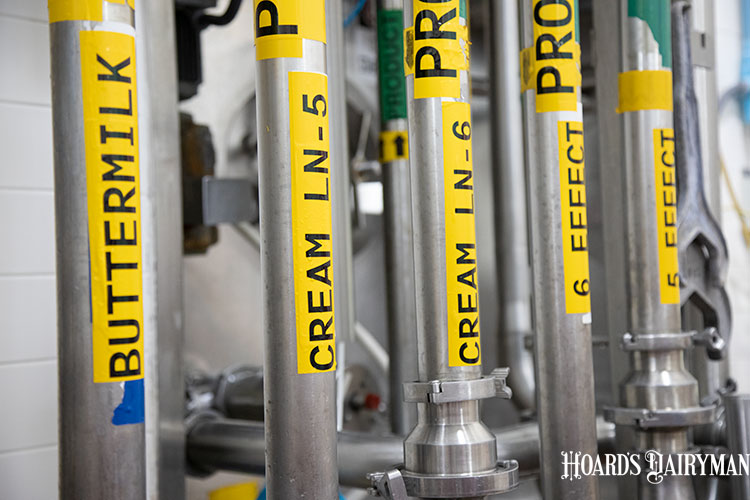
Today that’s clear in the formula’s relative emphases on milk components. In the newest NM$ formula that will be used in the August 2021 evaluations, fat receives a 28.6% weight, protein 19.6%, and milk just 0.3%. There’s a reason that fat and protein outweigh milk itself.
That’s driven by the fact that dairy farmers in seven of the Federal Milk Marketing Orders are currently paid on multiple component pricing, explained Cornell University’s Chris Wolf on the July 7 Hoard’s Dairyman DairyLivestream.
When considering the base excess plans that have sprouted up around the country in recent years, there’s even more incentive to focus on milk components instead of quantity.
Consequently, farmers have responded, and component production has soared in the U.S. in recent years. In 2010, milk marketed through federal orders averaged a butterfat content of 3.66%. By 2020, that had climbed to 3.95%. That’s the biggest change across one decade in our nation’s history.
“It is not by accident that NM$ is incentivizing fat and protein because it is reflecting what the market is signaling to producers,” said João Dürr, CEO of the Council on Dairy Cattle Breeding, the organization that calculates NM$. “We have a system in which we are telling producers we want more fat and we want more components and not so much water, so we provide the tools that allow producers to make progress in those traits.”
Component rollercoaster
There has still been significant volatility in the value of milk components in the last few years, Wolf noted. “For a long time, protein was the driver of the milk check, and then for five years or so here, we had fat really driving the milk check,” he said. More weight has been put on protein so far in 2021.
And then there were the high Class III values brought on last year by the pandemic. In multiple component orders, components get paid first from those Class III values, Wolf explained. This leaves less money in the Producer Price Differential (PPD).
“The negative PPDs that we saw in 2020 were extreme,” Wolf recognized. “But the long-term trend in PPDs is definitely downward because of the component values going up because of utilization and some other factors.”
In the meantime, producers will continue to have a selection index that allows them to breed cows more suited to this type of market system.
To watch the recording of the July 7 DairyLivestream, go to the link above. The program recording is also available as an audio-only podcast on Apple Podcasts, Spotify, Google Podcasts, and downloadable off of the Hoard’s Dairyman website.
An ongoing series of events
The next broadcast of DairyLivestream will be on Wednesday, July 21 at 11 a.m. CDT. Each episode is designed for panelists to answer over 30 minutes of audience questions. If you haven’t joined a DairyLivestream broadcast yet, register here for free. Registering once registers you for all future events.








